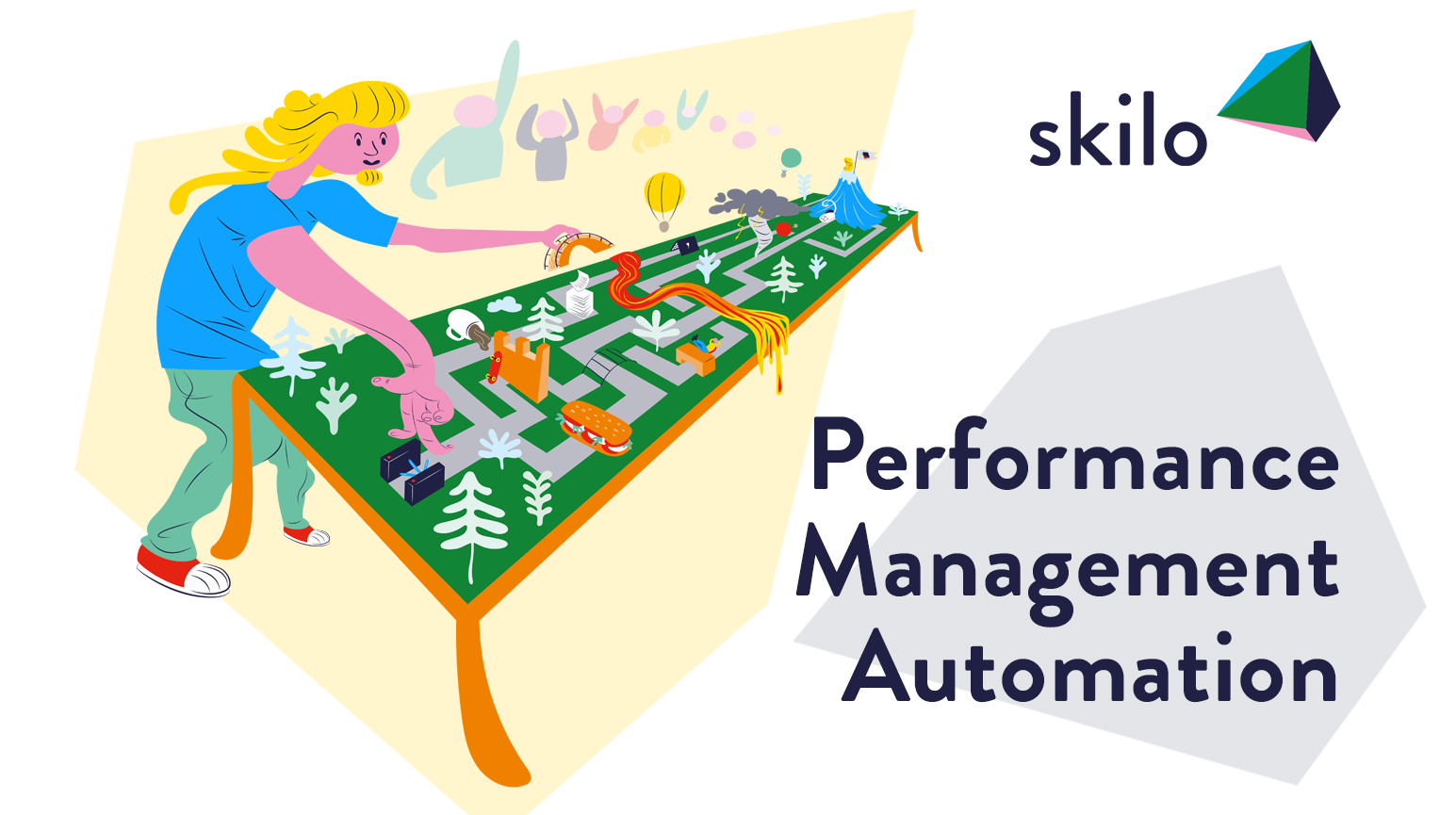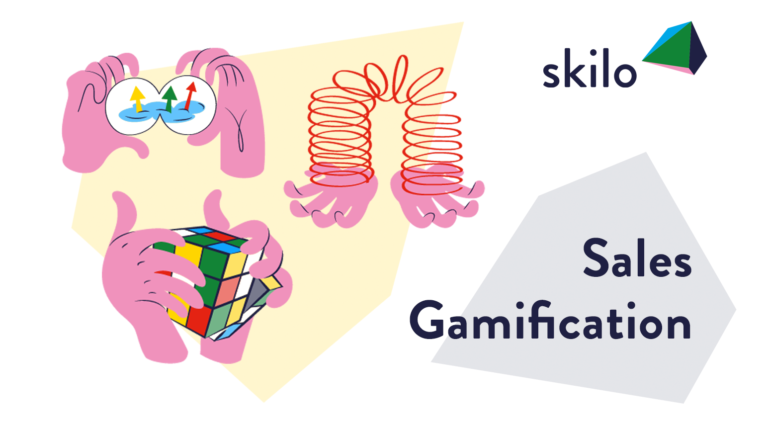The workforce nowadays does not expect the usual yearly performance assessments. They don’t find it substantial. In general, employees consider assessments as a task to perform, complete, and move on. And if the performance management is assessed manually, it disengages people and creates more issues than it resolves.
This annual task is not just tiring for the employees, but also for company managers and HR executives. Time and effort are typically wasted when performance evaluations are administered since there is very little added value in increasing employee performance and boosting company success.
It is safe to say that most managers are unhappy with conventional performance management and feel that automation could improve that process. Moreover, the majority of employees consider formal performance reviews to have practically no impact on their performance.
New Performance Management System Requirements
What is needed is a more advanced and robust performance management system without bias and partiality to get the intended result. Technology may play an essential part in the automation and innovative method of performance management. Those systems can assess workers and minimize HR and managers’ administrative load in carrying out practical performance assessments.
By using new technology and techniques, most organizations have started to rethink their performance management methodology. It has shaped the way for companies, without their inherent obstacles, to simplify and reinvent the performance management process. Technology integration does not always replace or substitute human interaction but does play an essential role in improving the whole process. It makes reviews effective and not only a ritual detested by employees and HR managers.
Employee Performance Management Automation
In perspective, companies don’t simply want to know their workers’ overall performance records. They put their primary focus on how general organization objectives may improve the performance of the employees.
Tech solutions can support organization leaders to foresee what needs to be done to raise the business’s income, a crucial part of which is talent management. HR can provide high-quality, accurate, and consistent employee assessments in less time and with minimum effort by using an efficient performance management system. It can enable them to get greater buy-in from both managers and employees.
What are the main advantages of automated management of employee performance?
Getting instant feedback
We want everything, including review, now in this digital space of short-term gratification. Workers do not want to hang around waiting for their annual performance evaluations. Instead, they favor regular, casual, and developmental discussions on their performance.
Managers and HR can maintain ongoing communication with employees via automated performance management solutions. Employees are most crucial in continuous contact through continuing and constructive feedback.
Visualizing real-time performance trends
Management must not wait to compile or periodically collect performance reviews, since they become irrelevant before reaching the upper levels. Greater transparency and visibility are increasingly required, where reporting and trends on real-time performance are pretty important.
Automated performance management systems may also be used for up-to-date analysis reports and insights in management to take decision-making based on data. The forerunner to such reports is continuous feedback, ratings, and evaluations.
Almost every organization that uses automated technology and tools for continuous management has superior information for informed decision-making.
Managing performance management workflows to streamline processes
The business can create dynamic and customized feedback forms appropriate to each position using automated performance management solutions. This efficiently handles the operations without making complicated manual data. In general, performance management software has built-in capabilities for controlling access, updating forms, passing them on to the next workflow action item, etc.
The administrative load of doing performance assessments on time is considerably reduced with automation. Thus, organizations, in order to monitor progress, identify development requirements, complete the year-end performance evaluations, and might do a frequent performance review.
Focusing more on strategic execution instead of administrative tasks
HR is typically flooded with tuns of administrative duties during manual practice throughout the performance assessment. This comprises the necessary forms – self-assessment, managerial assessment, and monitoring for completing the tasks. In summary, those procedures are never finished in time.
However, an automated performance management system reduces handling chores so that HR can now focus on improving processes.
Enabling significant cost savings
Automation also allows for considerable cost reductions in addition to saving time and energy. These instruments are cost-effective for organizations, from manual, paper-driven assessments to web-based performance management software.
There can be an increase in sales and revenues and overhead expenses reduction by a quarter by using a performance management system or tool.
Accessibility to the information repository
The development, milestones, and accomplishments might be challenging to maintain track over time if they are not recorded and found in good time. The automated program for performance assessment enables employees and managers to report and memory during discussion sessions on prior activities and performance records.
Managers may therefore provide staff with fair, transparent, and relevant assessments and growth suggestions. The outcome is that workers generally rely more on trustworthy reviews and participate more in the process.
Aligning all employees
Finally, the organization focuses on staff performance and growth using an automated review management system. This in itself ensures that employees are aligned with the company’s goals.
Employees are reliably supported through feedback, reviews, training, and development. Tracking progress using a tool is easy to implement so that everyone knows what needs to be done. This promotes employee engagement and retention when the fundamental requirements for acknowledgment of employees are met.
Leveraging the potential of automated performance management may shatter conventional boundaries and create effective performance management that leads to increased production, faster growth, and more cooperation.
Discover the power of employee engagement with an automated system for ongoing performance management.
How can you help the manager and your team to boost performance management in practice? Contact us and try Skilo – a performance and employee management app.

Skilo is a Salesforce native app that provides a ready-to-use talent management solution. It streamlines, simplifies, and unifies the end-to-end process of talent acquisition, development, and retention. Skilo also provides performance management, competency frameworks, along with skills development, career planning, training management, feedback, reviews, and social employee engagement. For more information, please visit www.skilohr.com, LinkedIn profile, and Facebook page.
Stay in touch with us and sign up for our newsletter
We’ll send you our insights digest directly to your email inbox once every few weeks.


